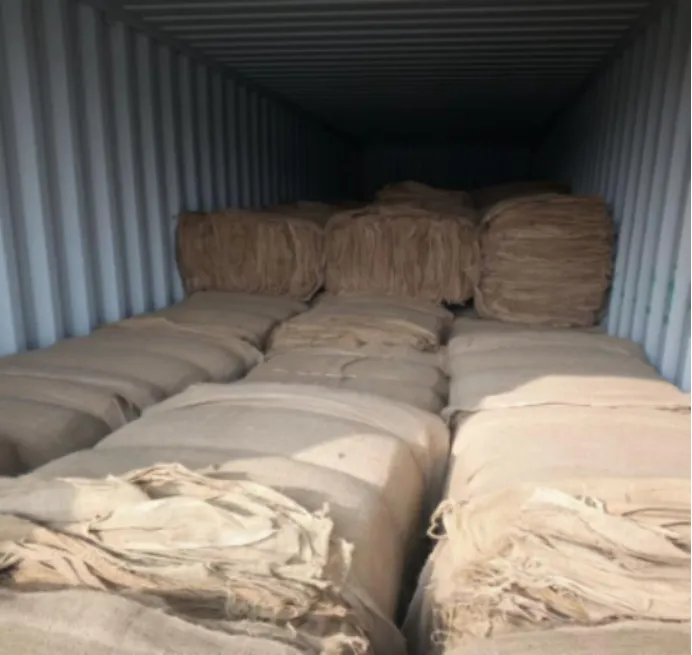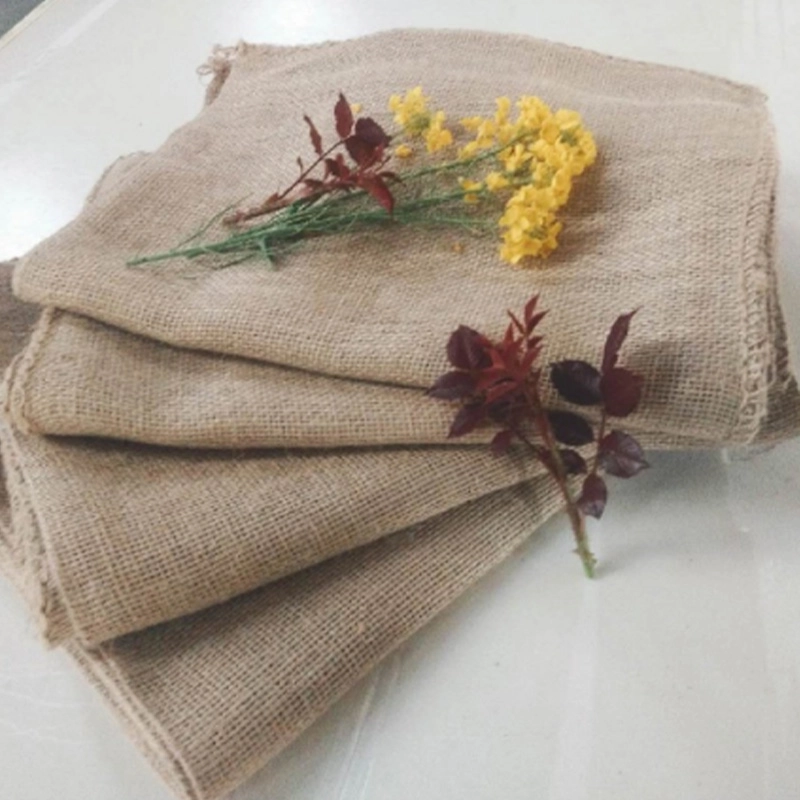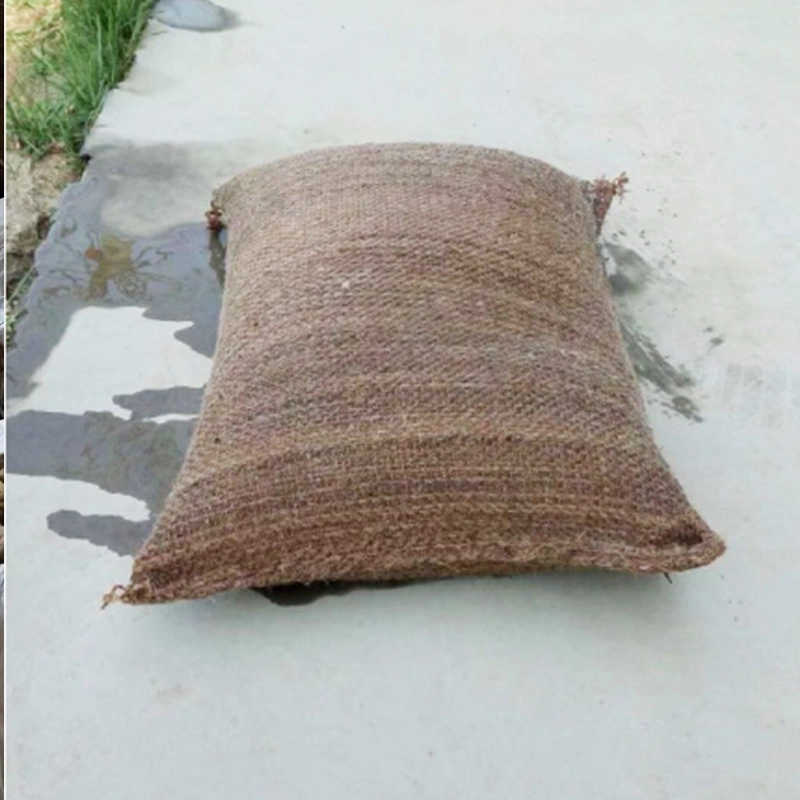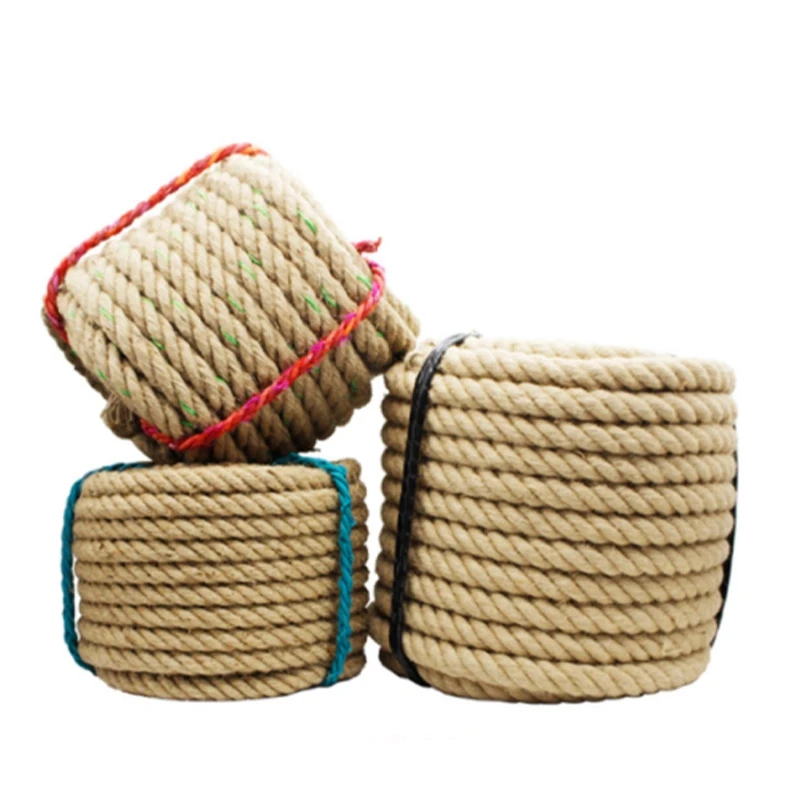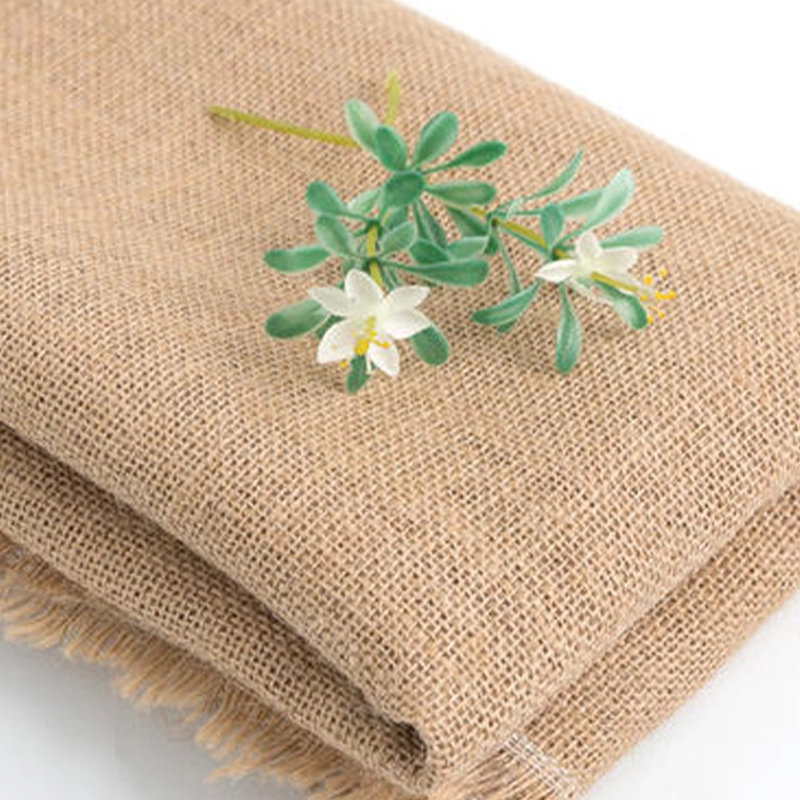A juta é unha fibra natural coñecida popularmente como fibra de ouro. É unha das máis baratas e fortes de todas as fibras naturais e considerada como a fibra do futuro. O yute é o segundo só despois do algodón na produción mundial de fibras téxtiles. A fibra de yute tamén se coñece como Pat, kosta, Nalita, Bimli ou Mesta (kenaf).
Jute is not only a major textile fibre but also a raw material for non traditional and value added non-textile products. Jute is used extensively in the manufacture of different types of traditional packaging fabrics, manufacturing Hessian, saking, carpet backing, mats, bags, tarpaulins, ropes and twines. Recently jute fibers are used in a wide range of diversified products: decorative fabrics, chic-saris, salwar kamizes, soft luggage's, footwear, greeting cards, molded door panels and other innumerable useful consumer products. Supported by several technological developments today jute can be used to replace expensive fibers and scare forest materials.
Jute sacks/burlap bag/gunny bag
Que é Jute?
As bolsas de plástico xogaron un papel importante na contaminación do medio ambiente. Aínda que son duradeiros, non son biodegradables, o que fai que sexa case imposible de eliminar con seguridade. Investigadores e científicos traballaron incansablemente para atopar fibras alternativas que poidan substituír non só o plástico senón outras fibras sintéticas sen tanto dano ao medio ambiente.
Jute, also known as the “golden fibre’ – is a natural fibre that has provided a reprieve. It’s used to make a variety of items which include sacks, curtains, furniture accessories and rustic looking bolsas de yute.
The fibre is made from plants with long, soft and shiny fibres spun into strong but coarse threads. This one-of-a-kind fibre which is second to cotton in terms of production provides an alternative to synthetic fibres and materials like plastic.
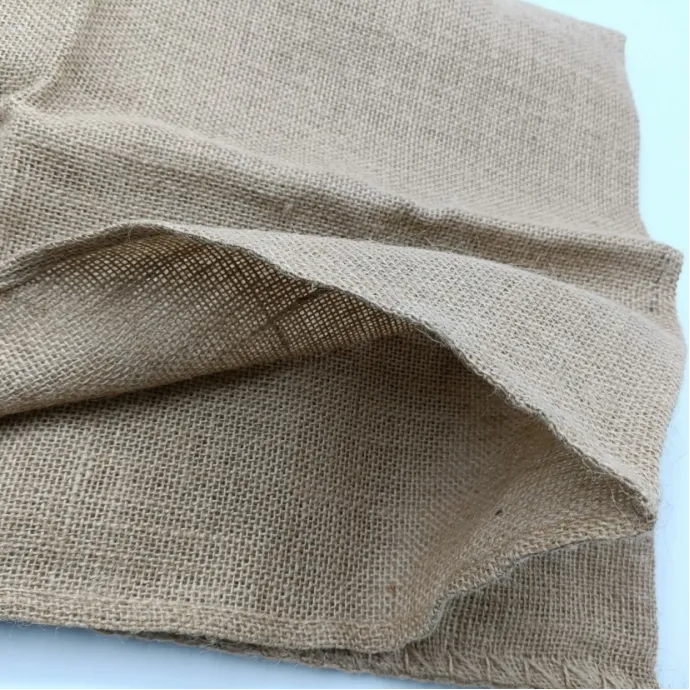
Jute Types
Nova bolsa de arpillera cunha franxa verde: 75 cm * 110 cm Peso: aproximadamente 1000 g cada unha
Bolsa de arpillera nova cunha franxa verde: 74 cm * 105 cm Peso: aproximadamente 600 g cada unha
Bolsa de arpillera nova: 74 cm * 105 cm Peso: aproximadamente 850 g cada unha.
Bolsa de arpillera nova: 60 cm * 100 cm Peso: aproximadamente 480 g cada unha
New burlap bag (thick burlap bag) : 60CM * 100CM Weight: approximately 600g each
Bolsa de arpillera nova (tamaño mediano): 60 cm * 90 cm Peso: aproximadamente 450 g cada unha
New burlap bag (thick burlap bag) : 60CM * 90CM Weight: approximately 580g each
Nova bolsa de arpillera (tamaño mediano): 50 cm * 74 cm Peso: aproximadamente 300 g cada unha
Bolsa de arpillera nova (tamaño pequeno): 40 cm * 60 cm Peso: aproximadamente 200 g cada unha
90% new burlap bag (large size) : 74CM * 107CM Weight: approximately 850g each
Large patch burlap bag (large size) : 74CM * 107CM Weight: Approximately 850g each
Small patch burlap bag (large size) : 74CM * 107CM Weight: Approximately 850g each
Bolsa de arpillera antiga con tira verde (tamaño grande): 75 cm * 110 cm Peso: aproximadamente 1000 g cada unha
especificacións da bolsa de arpillera de grande a pequeno.
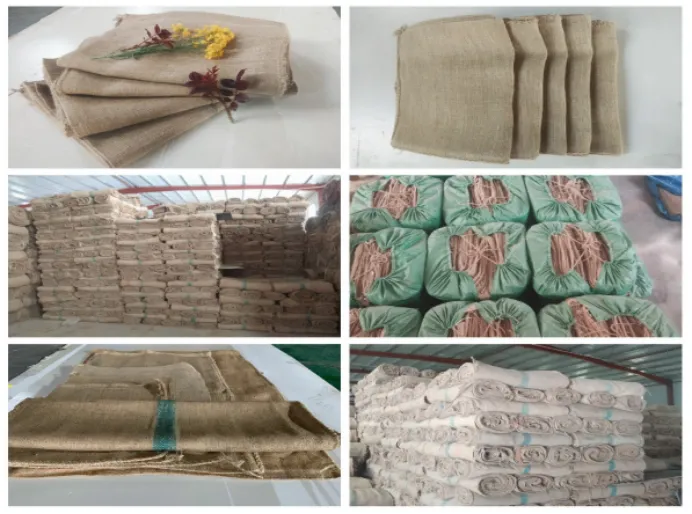
Bolsa de arpillera estándar nacional: 107 * 74 cm.
Rango aplicable: comunmente usado para manter cacahuetes e feixóns, para a prevención e control de inundacións;
Small burlap bag :50 * 70cm.Applicable range: commonly used as flood prevention burlap bag, flood prevention burlap bag, and glass ball burlap bag;
Bolsa de arpillera pequena: 40 * 60 cm. Ámbito de aplicación: úsase habitualmente para envases de hardware como parafusos e porcas;
Bolsa de arpillera pequena: 30 * 50 cm. Rango aplicable: usado habitualmente para envases de hardware e recheo de solo;
Tamaño personalizable segundo os requisitos.

